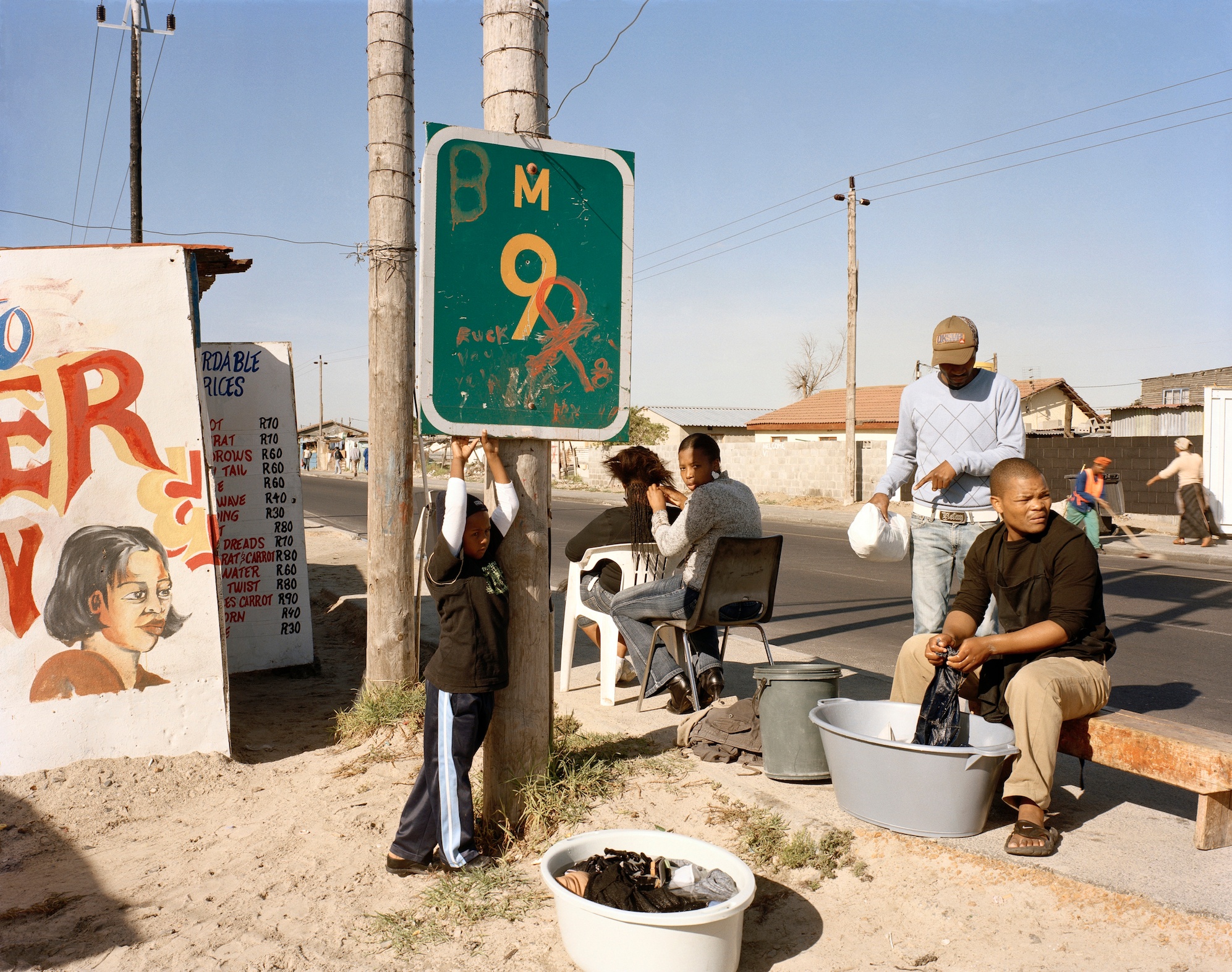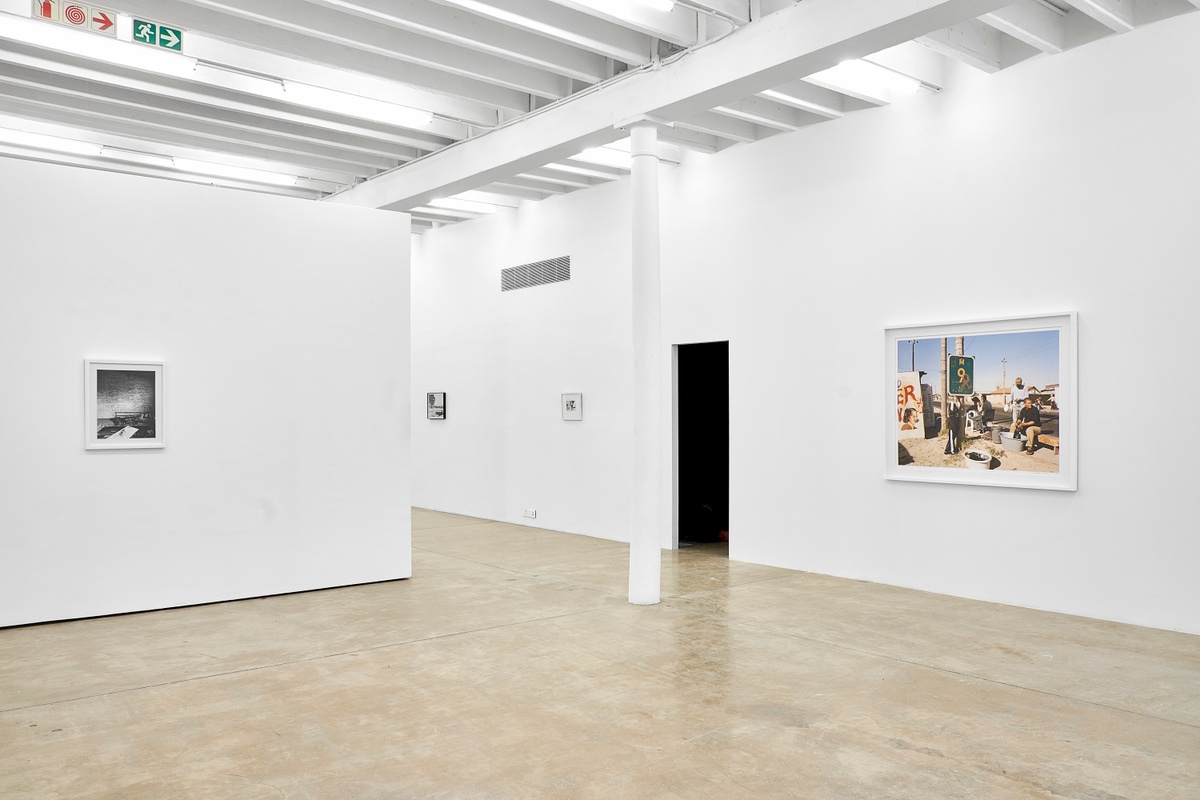David Goldblatt

Included in the photobook Regarding Intersections (Steidl, 2014), Goldblatt’s side-long portrait of the emerging post-apartheid landscape, is a series of photographs collected under the title In the time of AIDS. Intersections began as a coolly procedural impulse: to picture precisely each of the 122 points where longitudinal and latitudinal lines cross in South Africa. Setting out with survey maps and GPS to find these crossings, Goldblatt soon grew weary of the undertaking and turned to more imperfectly defined intersections – those of changing cultural and political values under the new dispensation. In In the time of AIDS, the photographer turned his lens to the symbol of the red AIDS ribbon, a commonplace feature in urban centres and rural towns. “Although the AIDS ribbon is not ubiquitous, it is seen increasingly across the land and becomes, inevitably, another banality,” Goldblatt said in an interview included in the publication. Then a national crisis, the epidemic was officially denied by the ANC government under President Thabo Mbeki, and a pall of shame further obscured the devastating consequences of HIV. Only the “seas of raw earth-mounds” seen across township cemeteries at the time, Goldblatt noted, revealed the true extent of this mandated and social silence; few of the buried were over the age of 45. In the understated images included in this series, Kevin Kwanele’s Takwaito Barber among them, the ribbon is seldom immediately evident but always present – incidentally, insistently.
b.1930, Randfontein; d.2018, Johannesburg
“I was drawn,” the late photographer David Goldblatt wrote, “not to the events of the time but to the quiet and commonplace where nothing ‘happened’ and yet all was contained and immanent.” A preeminent chronicler of South African life under apartheid and after, Goldblatt bore witness to how this life is written on the land, in its structures or their absence. Unconcerned with documenting significant historic moments, his photographs stand outside the events of the time and yet are eloquent of them. Through Goldblatt’s lens, the prosaic reveals a telling poignancy. Even in those images that appear benign, much is latent in them – histories and politics, desires and dread. His photographs are quietly critical reflections on the values and conditions that have shaped the country; those structures both ideological and tangible. Among his most notable photobooks are On the Mines (1973), Some Afrikaners Photographed (1975), In Boksburg (1982), The Structure of Things Then (1998), and Particulars (2003).

